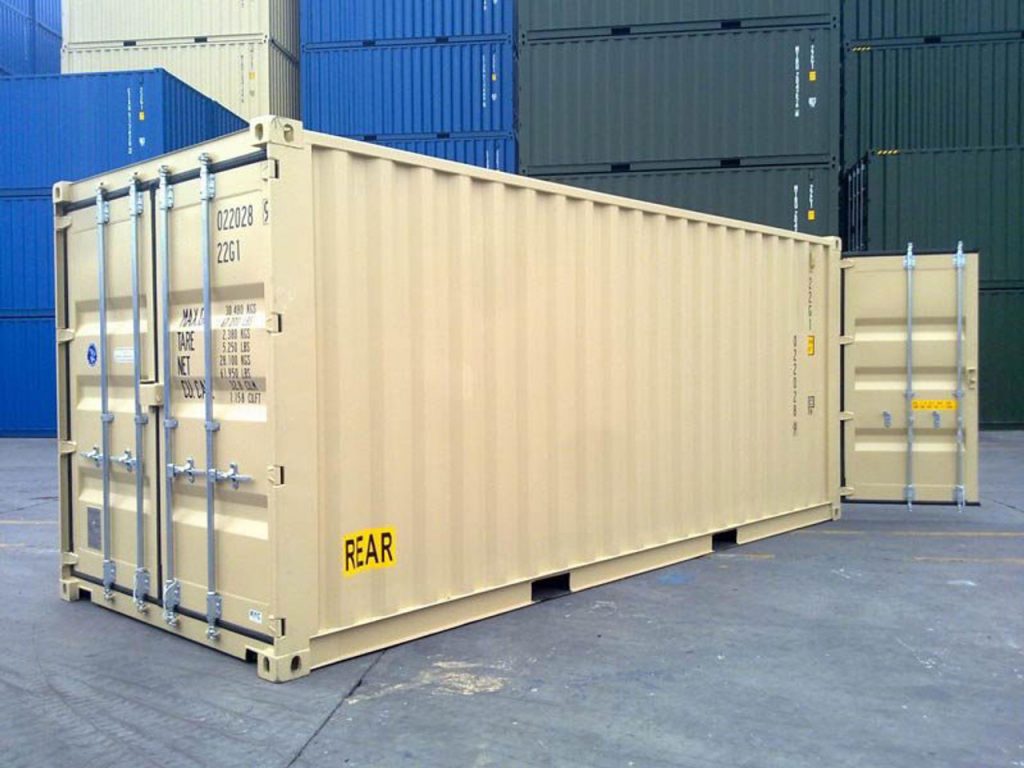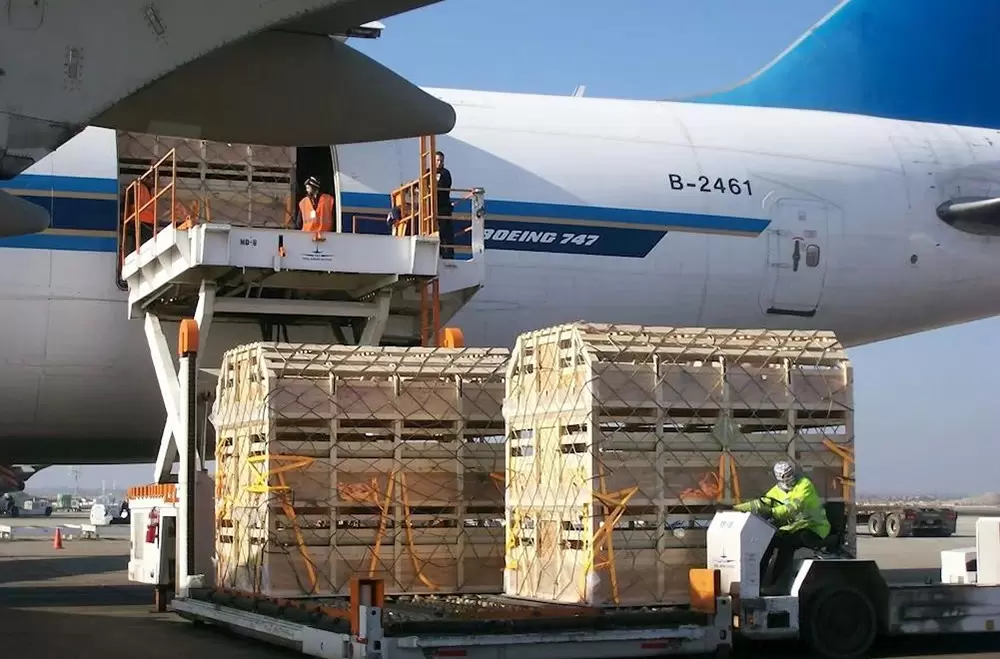The Economics of Container Shipping: Understanding the Cost Factors

Container shipping plays a crucial role in global trade, facilitating the movement of goods across continents. However, have you ever wondered how much it costs to operate a container ship? In this article, we will delve into the intricacies of container ship costs, exploring the key factors that contribute to the overall expenses. By understanding these cost components, we can gain valuable insights into the economics of container shipping.
- Vessel Acquisition and Maintenance Costs:
The first major cost factor in container shipping is the acquisition and maintenance of the vessels themselves. Container ships are massive, complex machines that require substantial investment. The cost of purchasing a new vessel can range from tens of millions to hundreds of millions of dollars, depending on its size and specifications. Additionally, ongoing maintenance, repairs, and upgrades are necessary to ensure the ship's operational efficiency and compliance with safety regulations. - Fuel Expenses:
Fuel is another significant cost component for container ships. These vessels typically run on heavy fuel oil, which can be expensive, especially during periods of high oil prices. The size of the ship, its speed, and the distance traveled all impact fuel consumption. To optimize fuel efficiency, shipping companies employ various strategies, such as slow steaming and route optimization, to minimize costs and reduce environmental impact. - Crew Wages and Training:
Container ships require a skilled crew to operate and maintain them. The wages of seafarers, including captains, officers, engineers, and deckhands, contribute to the overall cost of shipping. Additionally, crew training and certification programs are essential to ensure compliance with international maritime regulations and maintain a high level of safety and professionalism onboard. - Port Charges and Terminal Handling Fees:
When a container ship arrives at a port, various charges and fees come into play. Port charges include pilotage fees, berthing fees, and navigational dues, which are levied based on the vessel's size and duration of stay. Terminal handling fees cover the costs associated with loading and unloading containers, including equipment usage, labor, and storage. These charges can vary significantly depending on the port's location, infrastructure, and level of automation. - Insurance and Regulatory Compliance:
Container shipping involves inherent risks, such as accidents, piracy, and cargo damage. To mitigate these risks, shipping companies must invest in comprehensive insurance coverage, including hull and machinery insurance, protection and indemnity insurance, and cargo insurance. Additionally, compliance with international regulations, such as the International Maritime Organization's (IMO) safety and environmental standards, requires ongoing investments in technology, training, and infrastructure.
Conclusion:
The cost of operating a container ship encompasses various factors, including vessel acquisition and maintenance, fuel expenses, crew wages, port charges, insurance, and regulatory compliance. By understanding these cost components, shipping companies can make informed decisions to optimize their operations, improve profitability, and provide efficient and reliable services to their customers. As global trade continues to expand, the economics of container shipping will remain a critical aspect of the industry, shaping its future growth and sustainability.




